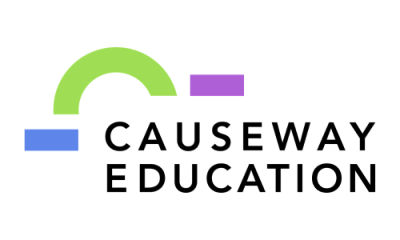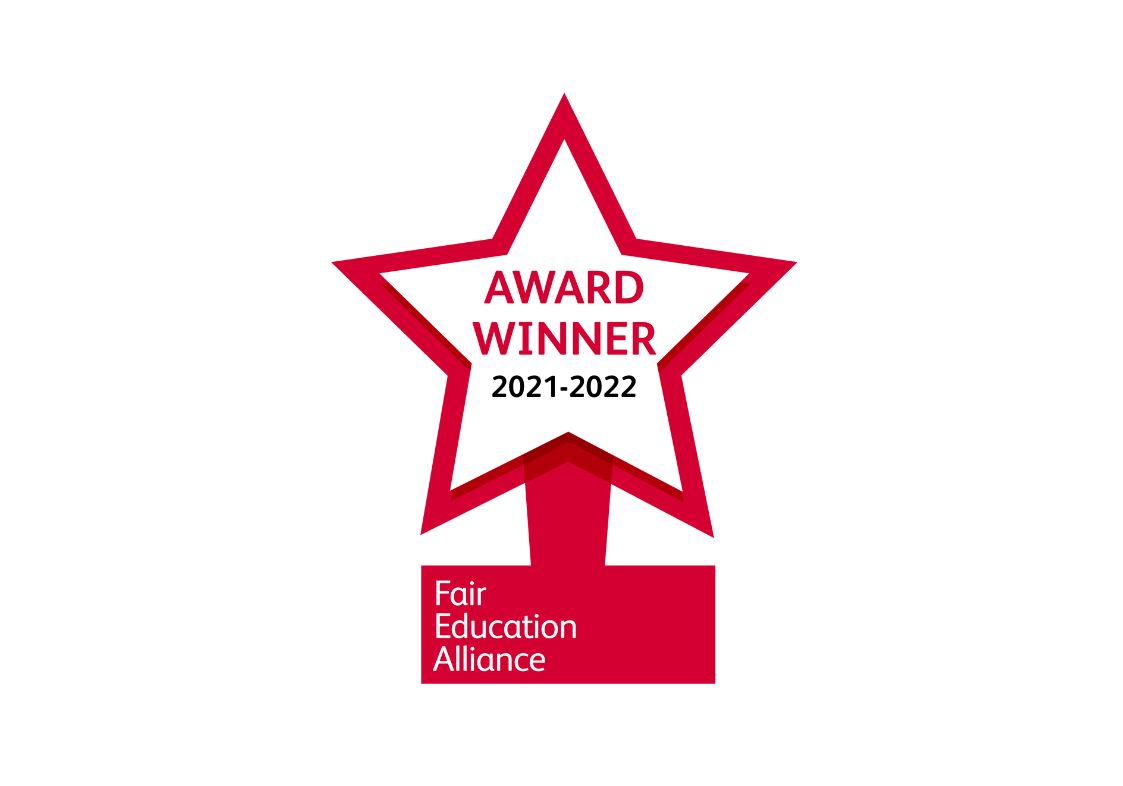Three pieces of research all teachers should read about HE applications
/Anyone who has joined a training session with Causeway will know that we love talking about research and how it has informed our approach to working with schools and young people. But we know that looking for and selecting pieces of evidence can take time and that time is at an absolute premium for teachers now more than ever.
In this blog, Monitoring, Evaluation & Research Manager Fionna McLauchlan shares with you three key pieces of research that are a great starting point for anyone looking to broaden their knowledge on the evidence base about HE applications.
Personal statements, whether you love them or hate them, are still a key part of a student’s UCAS application. Our research with Dr Steven Jones and the Sutton Trust (HE Access Network was Causeway’s first name before we became a charity!) found that university admissions tutors and state school teachers often disagree on what they think makes a good personal statement. Admissions tutors valued paragraphs that included detailed analysis and reflections on activities and experiences, whereas teachers tended to view these sections as impersonal or overly analytical. These findings suggest that some students may be receiving inaccurate guidance on what to include in their personal statement, and that universities need to be transparent with prospective students and their teachers about what they want to see in an application.
This research has been key to Causeway’s approach to working with schools and teachers – by supporting teachers with accurate information and guidance on HE applications, they can share this directly with their students in state schools. Our personal statement checklists for students and for teachers includes all our top tips on how to write an outstanding personal statement, and our wider reading page includes subject-specific resources that students can use to write that key paragraph of detailed analysis and reflection that admissions tutors want to see.
2) Teachers as gatekeepers or facilitators?
We know that teachers are key influences for young people when it comes to applying to study in HE. Students look to their teachers not only for help with their UCAS applications, but for advice and guidance on what and where they should study. This piece of research from Oliver and Kettley looks into the role that teachers play in influencing HE choices in state schools and colleges. The research found that teachers’ own experiences, attitudes and knowledge of HE shaped how students made decisions about HE, with a particular effect on applications to highly selective institutions. Students’ expectations for university were either reinforced or challenged depending on their individual teachers’ own experiences and attitudes towards certain institutions.
We’ve chosen this piece of research, as it shows how school practices and the ways in which teachers interact with students about HE can affect where a student decides to apply. This is a key factor to consider when planning how to deliver HE exploration in a school or college environment. This fantastic podcast by Over the Bridge with Naomi Kellman from Target Oxbridge goes into detail of real life stories of where black students have been discouraged from applying to elite institutions following interactions at school. It’s necessary listening for any teachers or school-based advisors who want to learn more about supporting black students to progress to selective courses or institutions.
3) Student Undermatch in Higher Education
This paper looks into undermatch, a concept which measures whether the course a student studies is more or less selective than their academic attainment suggests. The research found that students from lower socio-economic backgrounds and women were more likely to be undermatching based on their academic attainment.
It’s important to emphasise here, that an institution’s tariff does not necessarily mean that an institution is the right one for an individual student. There are a number of factors that are key to making an informed decision about a course or a place to study, but it’s an important finding regarding social mobility and the gender pay gap, as course and institution choice has been shown to affect earnings after graduation. What does this mean for teachers? When supporting students on course and university choices, find out if there are informed reasons behind why students are choosing particular courses or institutions, and check if students are applying for a range of choices, including one or two ambitious ones.
There’s a wealth of research out there that can inform school-based practice in supporting widening access to HE, but we hope that these three pieces are a good introduction to the topic for anyone working in schools on widening participation. If you’ve recently come across a piece of research that’s changed or informed your practice in school, we’d love to hear about it!






